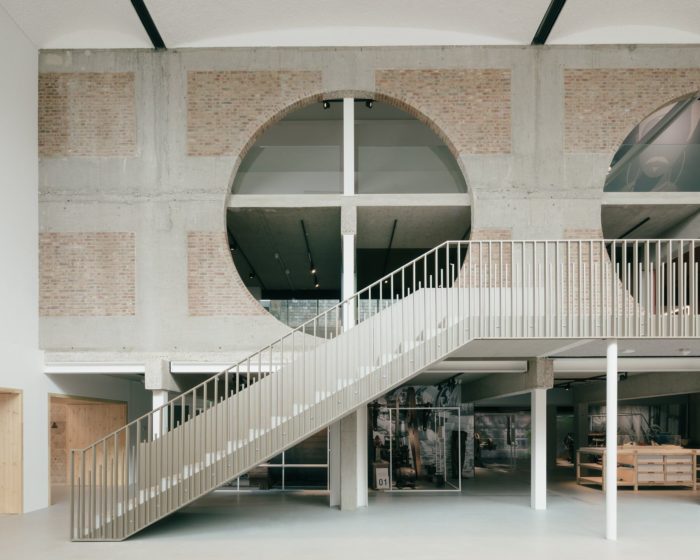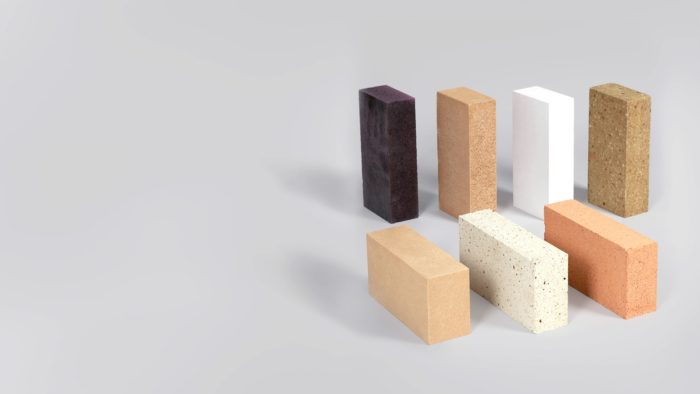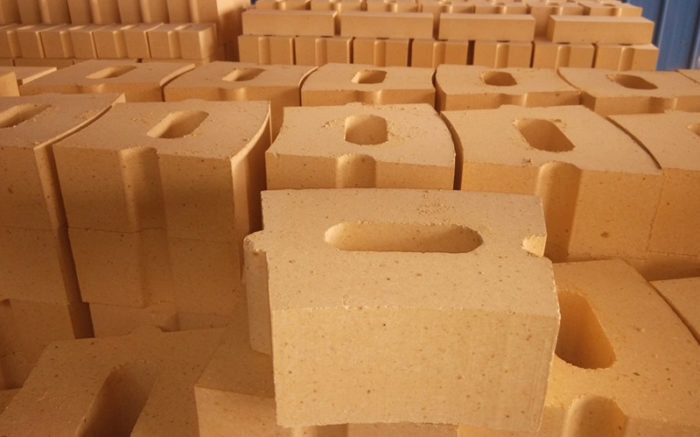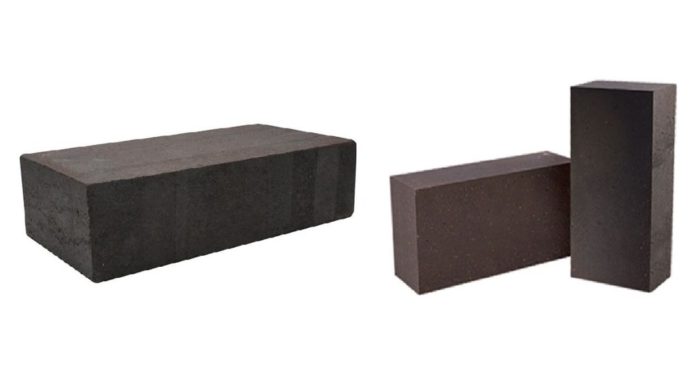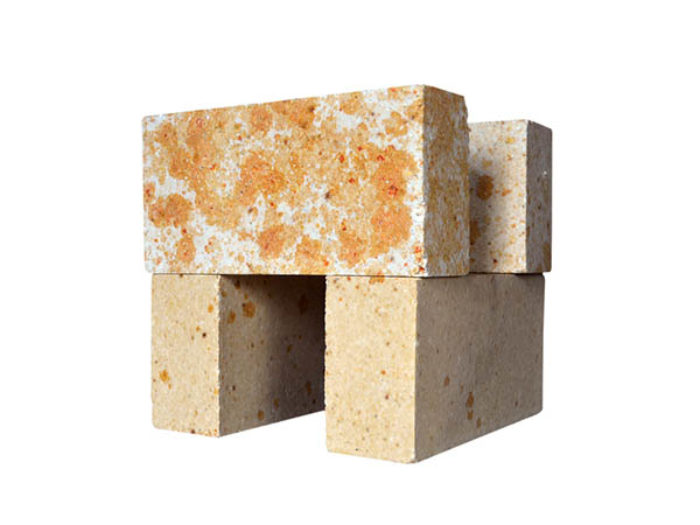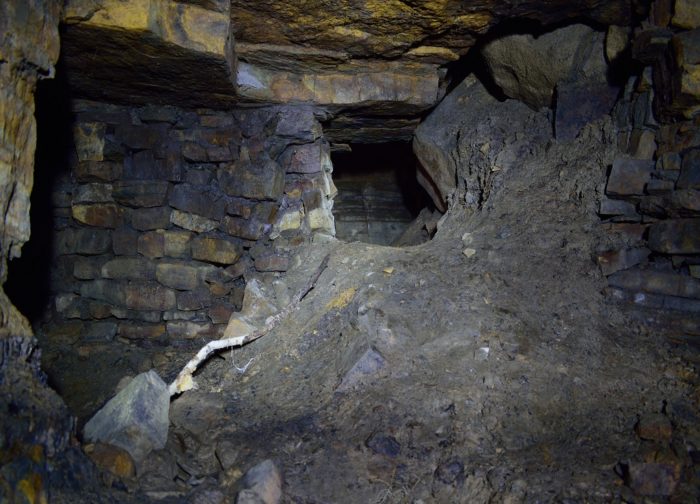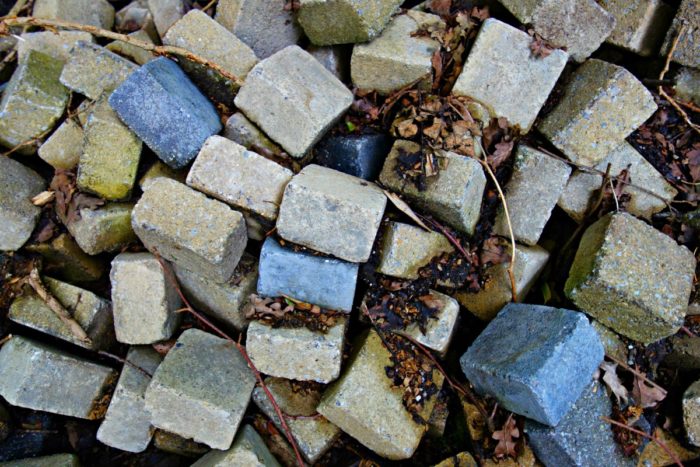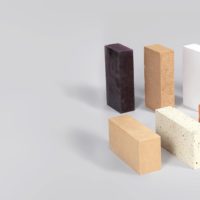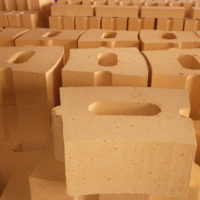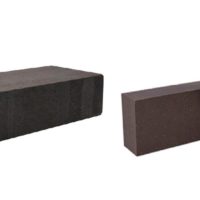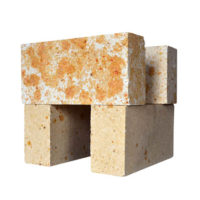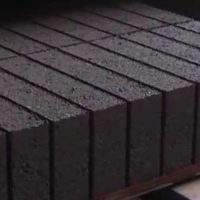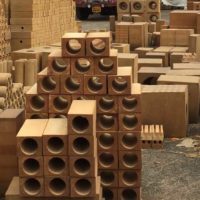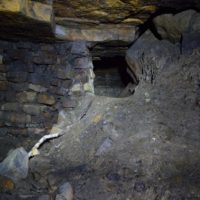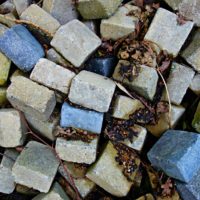Refractory bricks have been a staple in the construction industry for centuries and for good reason. These durable and heat-resistant bricks are essential in manufacturing everything from steel to glass and creating your favorite pizza. Despite their importance, refractory bricks often go unnoticed by the general public. But many of the products we rely on daily wouldn’t exist without them. This article explores why these bricks are such a crucial building material and how they continue to shape our world today.
What are Refractory Bricks?
Refractory bricks are blocks of ceramic materials quite similar to ordinary bricks. Still, they’re incredibly heat-resistant, waterproof, and way more potent than them. More commonly known as firebricks, they have been one of the most popular construction materials since the dawn of man.
Refractory bricks come in various colors, such as yellow, grey, red, and orange. They are widely used in construction due to their strength, long life span, durability, low maintenance, and timeless colors that won’t fade or change. They are composed of %60-96 silica; %2- 36 alumina; and %2-5 lime, alkalis, magnesia, and iron oxide.
Making firebricks is molding clay and then firing it in incredibly hot ovens, leaving us with solid, fireproof bricks that can withstand extreme pressure and conditions. Due to their low thermal conductivity (energy-efficient), these bricks are usually used in lining furnaces, kilns, fireboxes, and fireplaces. Firebrick is a block of refractory ceramic material used in lining furnaces, kilns, fireboxes, and fireplaces.
As we mentioned before, refractory bricks are great at tolerating heat, they have a very high melting point that ranges from 2,800°C (1.540°C) for fireclay to 4,000°C (2,200°C) for silicon carbide, and that’s why we usually use them to line furnaces, flues, stacks, and fireplaces because. Firebricks do not burn flakes under extreme temperature changes; some types have very low heat conductivity (i.e., they remain cool).
While firebricks are usually poor insulators, there is a remarkable variety of insulating fireclay that is highly porous with low conductivity and low heat content. The catch to using these insulating fireclay bricks is the fact that they have a melting point of roughly 1,600°C to 2,800°C (870°C–1,540°C), which is way lower than other refractory bricks.
Why Refractory Bricks?
They’re affordable, robust, thermoresistant, and compatible with many finishes, so you wouldn’t have difficulty integrating them into your designs. Typical bricks do not tolerate heat well and break if exposed to extreme heat or humidity, which is when refractory bricks step in.
While the manufacturing process that ceramic bricks undergo is very similar to that of refractory bricks, one significant difference is their thermal conductivity. Ordinary ceramic tiles can’t withstand thermal fluctuation because they expand quickly when exposed to heat and contract when they get cooler.
When we use ceramic tiles on a big scale, their inability to tolerate heat makes them an unreliable building material, making them the ideal material for use to make furnaces, fireplaces, etc. Refractory bricks can withstand high temperatures and thermal fluctuations without the heat causing any damage to their structure or thermal conductivity.
The reason behind the unique qualities of refractory bricks is no mystery, as they are composed of entirely different chemical substances, unlike normal firebricks. These chemical compounds are why such bricks have unique colors and great thermal qualities.
Types of Refractory Bricks
Many types of refractory bricks can be broken down into even more subtypes, resulting in a wide variety that fulfills different construction needs and can be used for multiple purposes.
1) Basic Refractory Bricks:
Bauxite refractory brick: Bauxite bricks comprise around 85% aluminum oxide and less than 20% clay. They’re also highly corrosion-resistant and are heavily used in lining furnaces.
Magnesite bricks: This variety of refractory bricks consists of more or less than 85% magnesium oxide and an average of less than 35% iron oxide.
Dolomite refractory bricks: Primarily consist of carbonate of calcium and magnesium, which makes these bricks more waterproof than the other types. Dolomite bricks are the cheaper substitute for magnesia bricks, and they’re usually used in manufacturing the lining of converters and ladles and constructing the shaft and rotary kilns of the lime and cement industry.
2) Acid refractory bricks
Silica bricks: 95 – 97% silica, 1 – 2% lime. Refractory bricks made of fireclay or kaolin are pretty common. Still, silica bricks have high integrity and can withstand extreme temperatures for prolonged periods with no appreciable damage, and that’s why we use them to make furnaces that remain hot constantly.
Ganister bricks: Refractory bricks made of the complex, colored stone named ganister. Ganister bricks consist of almost 90% percent of silica (ganister), along with around 10% clay and lime. They’re usually used in lining furnaces that produce siliceous and acidic slag steel because they are resistant to the damage caused by them, and they’re also commonly used in making cooking ovens.
3) Neutral Refractory Bricks
- Chromium brick (50% Chrome iron ore)
- Carborundum (temperature of 21900 degree Celsius)
- Chrome magnesite brick
- Spinal brick (Alumina and magnesia have equal proportion)
- Forsterite Brick
Among all these types of refractory bricks, when it comes to domestic use, we usually opt for the typical variety, which consists mainly of clay, alumina, and silica, all elements of which bind together to withstand incredible heat and provide the bricks with thermal insulation.
High alumina bricks can withstand great temperatures and pressure, so when used, they sustain little-to-no heat damage and maintain the structural integrity of the unit built using them. Refractory bricks have a very impressive water absorption percentage that doesn’t exceed %10, and that’s why they can be used for the ground surrounding bodies of water such as pools and fountains.
High alumina bricks are usually used on an industrial level and are usually really costly. You can tell the difference between high alumina bricks and high silica bricks from the color: alumina gives the bricks a yellowish tint, while silica is grey.
Our Thoughts:
Refractory bricks have proven to be an essential building material that has stood the test of time. Their ability to withstand high temperatures and harsh conditions makes them an ideal choice for various industrial applications. Despite the emergence of new materials, refractory bricks continue to be in high demand due to their unique properties and durability. As we continue to advance technologically, it’s safe to say that these bricks will remain a key player in the construction industry for years to come.
- © Stijn Bollaert
- © ostovarsazan.com
- © Zhengzhou RongSheng Refractory Group
- © IndiaMART
- © Janta Refractory
- © Sijihuo Refractory
- © Lanexis
- © Lanexis
- © Esoteric Eric
- Chrome magnesite brick. © Arad Branding
- © Trieu Chien


